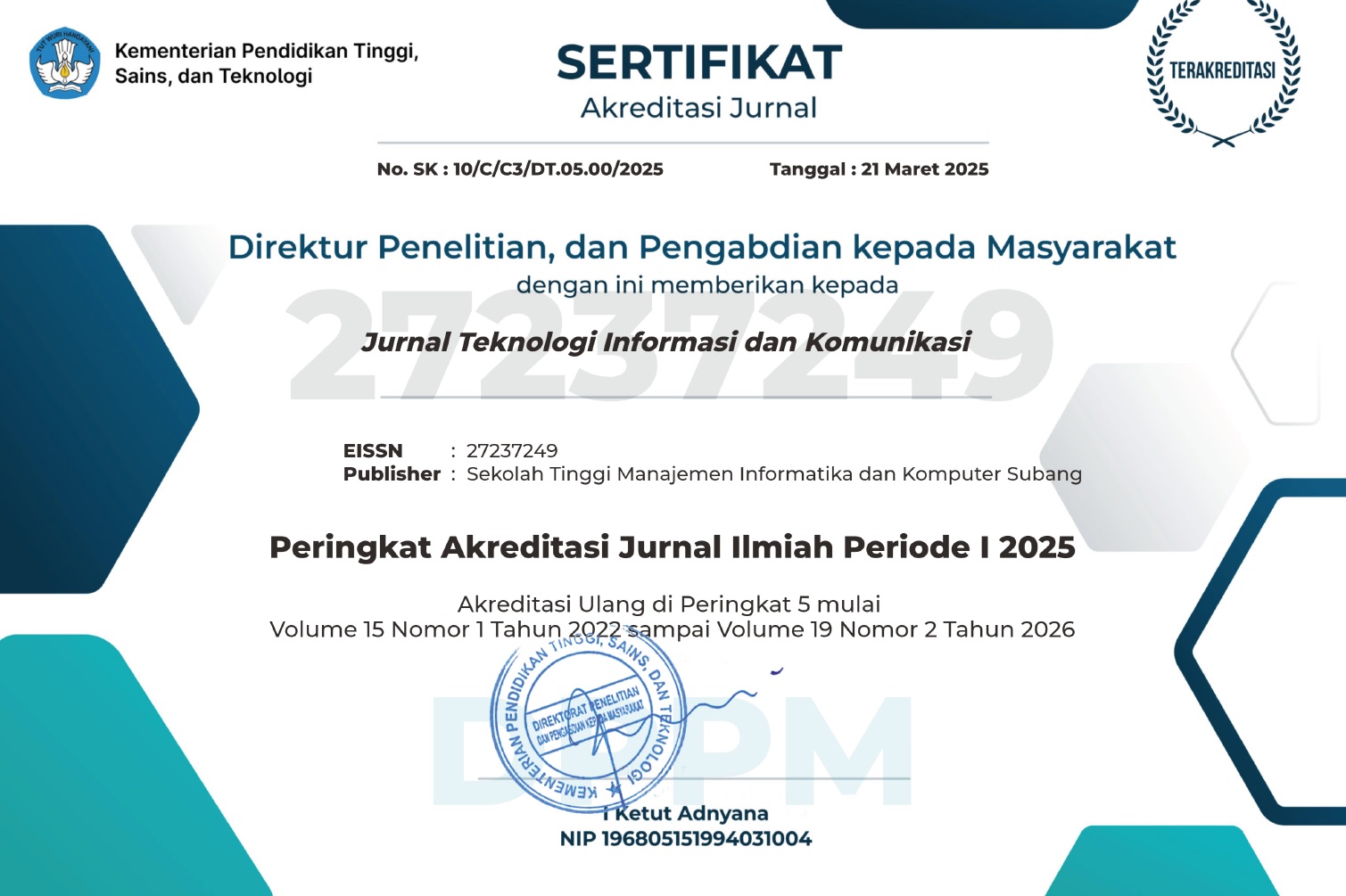Optimalisasi Sistem Pemilu Melalui Implementasi E-Voting Berbasis Blockchain Dengan Keamanan Kriptografi AES-128

 This Abstract has been read 0 times
This Abstract has been read 0 times
Abstract
The general election (Pemilu) is a fundamental element of a democratic system. This study develops and evaluates a blockchain-based e-voting system implementing AES-128 encryption to ensure the confidentiality, integrity, and availability of voting data. The system integrates AES-128 symmetric encryption for data at-rest and SHA-256 hashing at the blockchain layer. Testing was conducted on a simulated dataset containing 100,000 voting records to measure processing time, storage efficiency, and cryptographic resilience against brute-force and data manipulation attacks. Experimental results show an average read/processing time of 24 seconds for 100,000 records under the test server configuration, and theoretical security analysis indicates that brute-forcing AES-128 is impractical with current computational capabilities. The contribution of this research lies in the integrated design of an e-voting system that combines data encryption and distributed storage models with verification mechanisms, thereby enhancing the transparency and auditability of the election process.
Keywords: AES-128, Blockchain, e-Voting, SHA-256, Data Security, Node.js.
CITATIONS
PDF Downloads
References
R. Munir, “Kriptografi: Keamanan Data dan Komunikasi”, 2nd ed. Bandung, Indonesia: Informatika, 2019.
I. Bashir, “Mastering Blockchain: Distributed Ledger Technology, Decentralization, and Smart Contracts Explained”, 2nd ed. Birmingham & Mumbai, UK: Packt Publishing, 2018.
A. Widodo, T. Wibowo, and S. Rahmawati, “Pemanfaatan Kriptografi dalam e-Voting,” Jurnal Teknologi Informasi, vol. 9, no. 2, pp. 115–123, 2023.
D. Falevi, “Digital Propaganda in Electoral Systems”. (City): Springer, 2023.
T. Wibowo, R. Santoso, and A. Lestari, “Sistem Demokrasi Indonesia dan Tantangan e-Voting,” Jurnal Sistem Informasi”, vol. 8, no. 1, pp. 77–84, 2022.
FIPS 197, Advanced Encryption Standard (AES). National Institute of Standards and Technology, Nov. 26 2001.
NIST, “SHA-2 Standard,” Federal Information Processing Standards Publication, 2015.
[8] A. S. Tanenbaum, “Modern Operating Systems”, 4th ed. (or latest ed. if known) New York, NY: Pearson, 2014.
[9] S. K. Ghosh, M. Singh, and D. K. Sharma, “Performance Evaluation of AES-128 Algorithm for Data Encryption in IoT Environment,” IEEE Access, vol. 9, pp. 118 034–118 045, 2021, doi: 10.1109/ACCESS.2021.3109723.
[10] P. C. Kocher et al., “AES Encryption Performance under Post-Quantum Cryptanalysis,” IEEE Transactions on Information Forensics and Security, vol. 19, pp. 225–236, 2024, doi: 10.1109/TIFS.2024.3320198.
[11] R. A. Pratama, A. Wibowo, and D. Nugroho, “Performance Analysis Cryptography Using AES-128 and Key Encryption Based on MD5,” Jurnal Masyarakat Informatika, vol. 6, no. 2, pp. 120–130, 2025. [Online]. Available: https://ejournal.undip.ac.id/index.php/jmasif/article/view/75091
Downloads
Published
How to Cite
Issue
Section
License
Copyright (c) 2025 Usep Tatang Suryadi, Ardi Permana , Aa Zezen Zaenal Abidin, Yuli Murdianingsih, Carkiman Carkiman

This work is licensed under a Creative Commons Attribution 4.0 International License.

 Usep Tatang Suryadi
Usep Tatang Suryadi
 Universitas Mandiri
Universitas Mandiri




